This experiment takes some days to accomplish, but it is worth the wait.
Rubber Bones
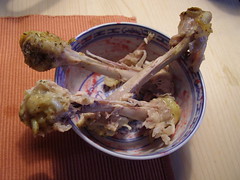
Use any leftover bones from your meal. A chicken leg is perfect, but other bones will work too. Remove all meat, gristle, and skin. Completely cover the bone in vinegar in a glass jar. Attach the lid and set aside.
Check the bone after three days, five days, and seven days. It should progressively become more pliable so that you can bend it in half without breaking it.
Disappearing Eggshell
You can use either a fresh egg or a hard boiled egg for this experiment. In fact, you can simply use eggshells themselves and bypass the entire egg.
1. Immerse the egg totally in vinegar and let it sit.
2. After one day, check the egg. Look for bubbles on the shell. Those are carbon dioxide bubble that the reaction creates. Feel the eggshell to see that it is changing.
3. After three days, check the egg again. By seven days, the eggshell should be completely dissolved.
Why it Works
Bones and eggshells are hard because of the calcium content in them. Vinegar is an acid (acetic acid) which dissolves calcium. After soaking in the vinegar, the calcium from the bone is dissolved away so that all that is left is the soft tissue which is pliable like rubber.
Eggshells are 94% calcium carbonate, so after the vinegar dissolves the calcium, there is little left except the thin membrane that protects the egg.


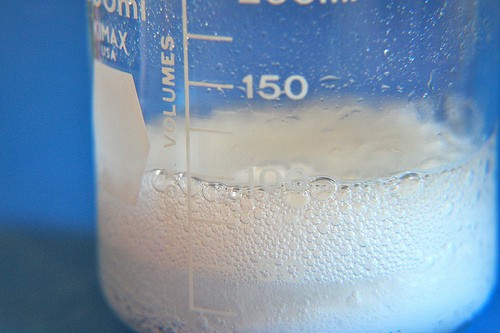

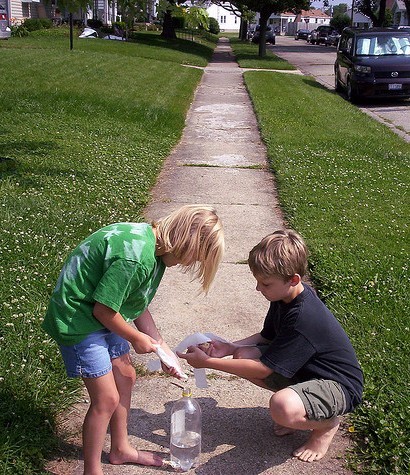
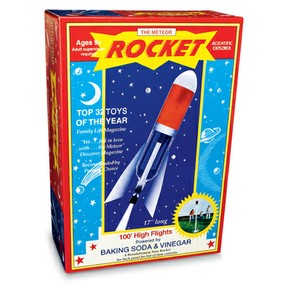





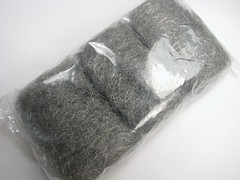
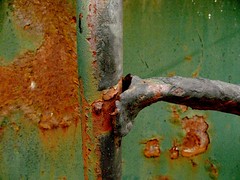
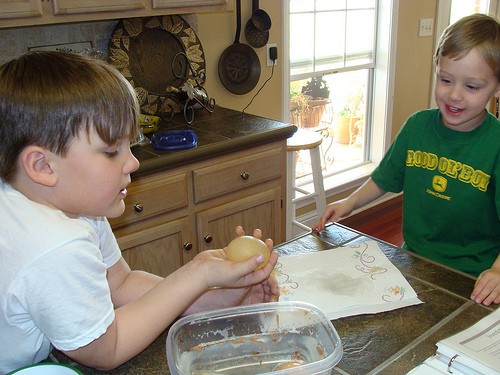

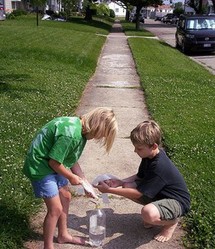

 Unique Uses for an Over the Door Shoe Organizeron 01/27/2012
Unique Uses for an Over the Door Shoe Organizeron 01/27/2012
 How to Get Pinned at Pintereston 01/27/2012
How to Get Pinned at Pintereston 01/27/2012
 Top Five Field Trip Destinations in Memphis, Tennesseeon 01/26/2012
Top Five Field Trip Destinations in Memphis, Tennesseeon 01/26/2012
 Maya Angelou Poet Studyon 01/22/2012
Maya Angelou Poet Studyon 01/22/2012
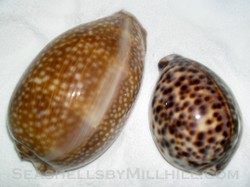

Comments
I love this kind of stuff! Great article!
I did these when I was young and wound up going into science.
Ah yes. We done most of these. Vinegar is a homeschooler's best friend! I love the way you explain WHY it works.
Vinegar experiments are fun! We did some of these too.
We've done a few of these. Vinegar is great fun!
Great ways to make science fun. Who wouldn't love to make a volcano! I learnt something cool too as I didn't know that the process of oxidation produces heat. Clearly my science teachers didn't make it half as interesting as you do.
Excellent. My son is fascinated by science but hasn't started school yet. He will love the rubber bones experiment - that's perfect for him.
Very cool science experiments. The one about the chicken bone is kind of icky. Leave it to you to come up with such fun for your child to learn.
Great article! These sound like experiments my grandkids would love. Thanks for the explanations too (I am science challenged).